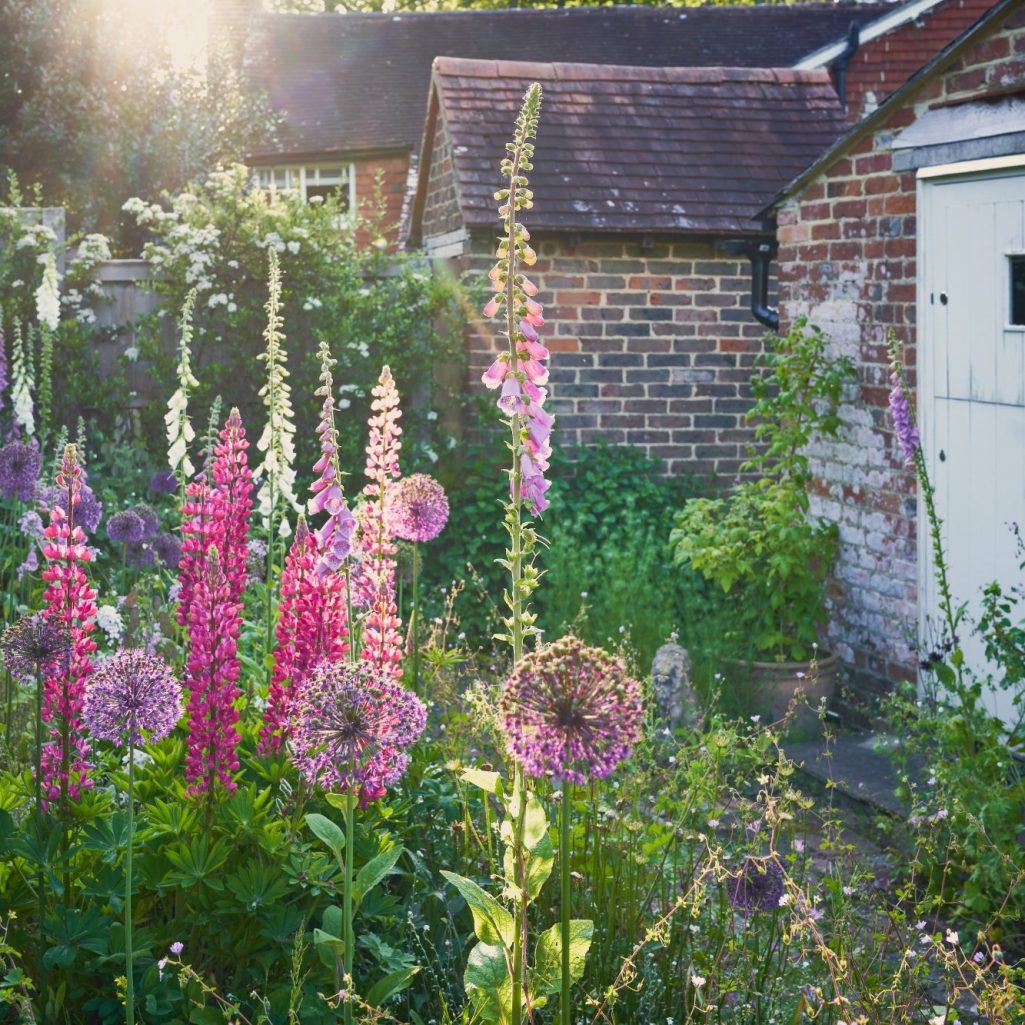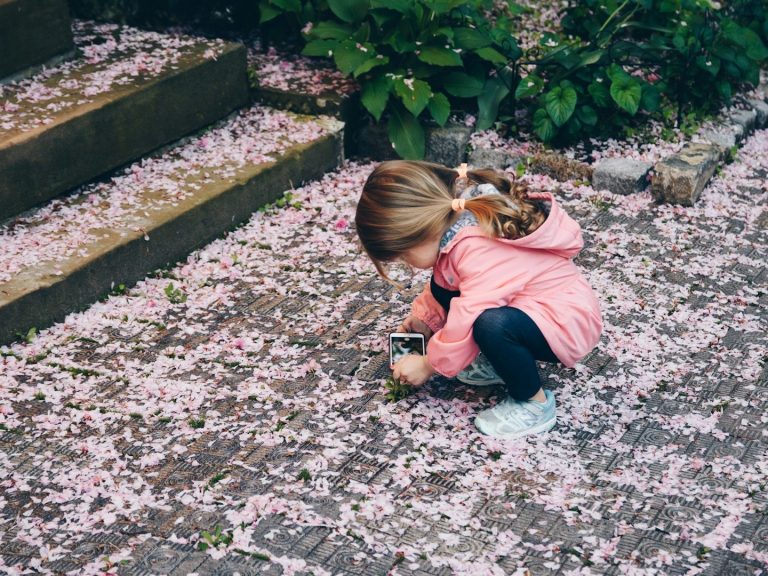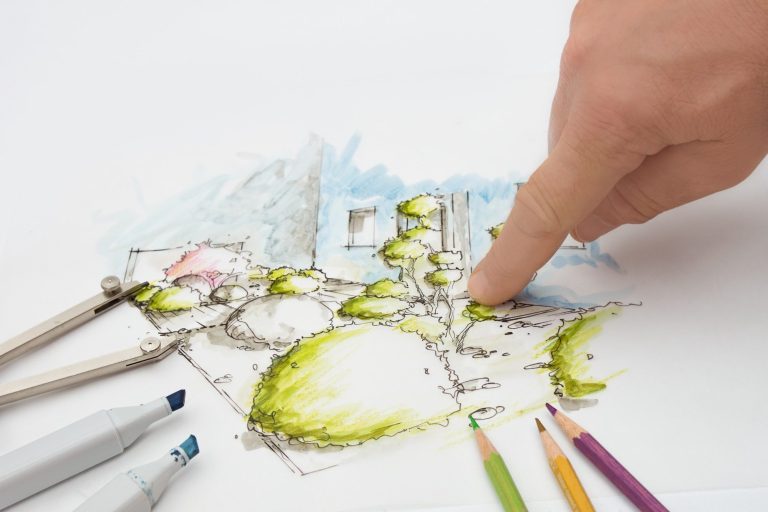"And the secret garden bloomed and bloomed and every day revealed new miracles"
The Secret Garden
Frances Hodgson Burnett
The story of how an unloved and abandoned garden is restored to glorious beauty by three children is as captivating now as when it was written in 1911. The Secret Garden was a place of wonder, sanctuary and eventually healing, but on a more basic level it tunes in to our delight at watching the evolution of something beautiful when all you have are overgrown plants.
The concept of garden design for pleasure and not just survival started thousands of years ago and fashions have ranged from highly controlled formal gardens to naturalistic meadows and everything in between.
Gardens evolve when circumstances change, when children are about to move in and when children have moved out. First homes, downsized homes, small balconies, cottage gardens, privy gardens, allotments, and communal gardens...each space is precious and has the potential to be beautiful, functional and contribute to its wider environment.
Maybe you have been inspired to make some changes to your garden but are unsure where to start. That is absolutely fine and not unusual. The world of garden design can be intimidating - so many garden 'makeovers' involve complete devastation of what is there and a major re-build costing tens of thousands of pounds. That level of re-design has its place and may be necessary in some cases, but it doesn't have to be that way. There are subtle but important differences between that level of garden design and Planting Design.
Planting Design is a more sympathetic and intelligent approach to re-defining your outside space. It is an informed design process that incorporates the beauty and stature of the plants with their physical needs and those of the soil, the inhabiting wildlife and of course the people who will use it. That doesn't mean that you can't achieve radical and dramatic differences just by using plants. On the contrary, the horticultural palette is vast, forever changing and evolving. That is the excitement and versatility that Planting Design brings to the table and why I am so passionate about it.
If you would like to learn more or to have an informal chat about a potential project I'd love to hear from you.
My Planting Design Principles
My core principles are simple: 'Right plant, right place', a concept popularized by Beth Chatto, the great garden designer and author, in the 1960s. For plants to truly thrive they have to be happy, and that means putting them in the right soil, in the right location at the right time. Happy plants make the most beautiful gardens and that is what I strive for.
On occasions where I am supplying plants and trees for one of my designs I will always try to source them from the best suppliers and growers. Most are local but I will occasionally look further afield if I want something more exotic. All my suppliers will have issued the plants with UK Plant Passports which means that they meet UK Plant Health Standards and are free from quarantine pests and diseases. This maintains biosecurity and prevents spreading plant health issues.
I am an advocate of organic gardening. For me that means using natural methods to control pests and diseases rather than synthetic chemicals. I believe that a holistic approach can create a sustainable ecosystem, which in the long run is not only better for the garden but is also better for the wider environment.
My projects range from complete re-designs to freshening up a border. From planting an orchard of trees to setting up raised beds for 'grow your own' fruit and vegetables. From a naturalistic cottage garden to something more formal. Whether simple or complicated, no two designs will ever be exactly the same and the personality of each individual plant is encouraged to develop and make its contribution.
New planting can create a home for a diversity of wildlife, it can transform views and provide new smells. Working with and being surrounded by plants is joyful. I regard them all as children that I am nurturing and encouraging to grow, so that they can survive on their own and develop into beautiful and useful contributors to a world that isn't always kind or sympathetic to their needs.
I'm passionate about educating and encouraging people and especially young children to experience the wonder and joy of gardening, especially now that so many hobbies and interests are done remotely via a screen. In my experience children love the reality and the magic of gardening. They learn without realizing it and they become so involved with the garden itself that they become part of it. When a child first grows something that they can smell or eat, they will remember that moment for the rest of their life.That's how it started for me. Growing radishes in an old stone kitchen sink aged 4 or 5 is my first memory of gardening and decades later I am still doing it.




My Planting Design Process
All my designs start with an informal chat so don't hesitate to get in touch via email, drop me a message or give me a call. Following that, the design process is divided into stages:
Detailed Consultation
This is so that I can get to know your garden, your tastes and your inspiration. We will also talk about your budget for the project. This will form a client brief and will enable me to prepare and present my proposal, which will include mood boards and some sketches. At this stage you are under no obligation to proceed but you will be charged a fee for this work.
Contract Documents and Drawings
Once a design and contract has been agreed, I will draw up a master plan, detailed planting plan(s) and a plant schedule. All contract drawings are to scale and are nearly always drawn by hand. This allows me to feel the design as it develops. I don't get that connection with computer software so I rarely use it. We will have agreed a fee for this stage and I will require 50% upon instruction to proceed and 50% upon delivery of the documents.
Planting & Completion
Completion packages vary. I can leave you with the documents (if you are, or have access to a proficient and confident Gardener) or I can order, deliver, position and even plant up your new design for you, either personally or with the help of a contractor. This gives every plant the best possible start. We will have discussed your preference during the detailed consultation and discussed my fees for this.
Maintenance Plan
I will always leave you with a maintenance plan for at least the first 12 months after planting. It is probably the most important part of the process because the quality of the maintenance will directly affect the longevity of your plants and the design. I can arrange follow up visits if required.


Sustainable Practices
My designs work with Nature to create a bio-diverse environment where insects and wildlife can thrive. Our future depends on protecting our pollinating insects and natural predators so that garden pests are kept in check naturally and not by using pesticides. Clever planting can help with this.
Another consideration which is becoming increasingly important is planting for a changing climate. Drought and flood tolerance within a garden can be achieved with the right design and plant knowledge.

Bespoke Drawings
There is nothing 'off the shelf' about my drawings. No cutting and pasting from design publications. All my drawings are bespoke and nearly always drawn by hand to produce technically correct scale drawings which are also informative and easy to understand.
Drawings are an essential element of the design process. Not only to convey ideas from the designer to the client but also to provide essential information. This planting plan is an example.

Inspiration to Reality
A starting point for many people is cutting new borders into a lawn. This is an example of a small job that I have been working on. There was a narrow herbaceous border along the boundary fence which just existed but didn't contribute visually to the garden at all. There were also a selection of trees along the fence line that the client wished to keep for privacy. By clearing most of the tired old shrubs away, widening and changing the shape of the bed we were not only creating a larger planting area but also breaking up the view from the patio seating area near the house. The planting might look sparse now, but as it matures the gaps will reduce and the plants will have the space to spread naturally. It also allows for further planting in the Autumn when different plants will become available.
This is in contrast to a show garden where the plants are much more tightly planted to give the impression of a mature garden immediately. The planting plan that is presented to you will reflect which of these options you prefer or it could be anywhere on the spectrum in between these extremes.




Below: This beautiful show garden at RHS Hampton Court 2025 illustrates the impact that plants can make in a matter of days. Almost anything is possible.


Contact
Telephone: +44 7738 765716
E-mail: hello@katehenningplantingdesign.co.uk